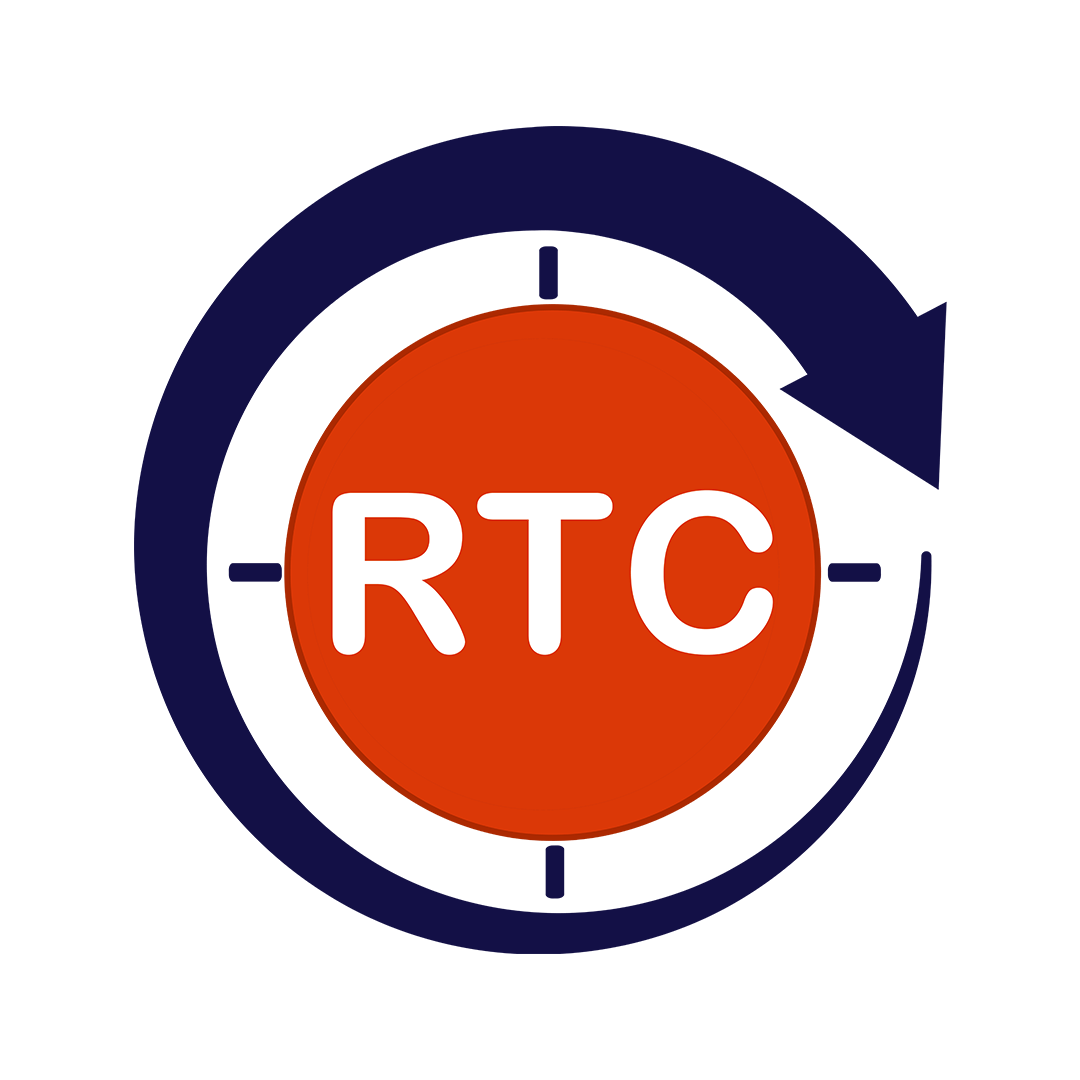In today’s rapidly evolving digital ecosystem, automation is no longer just a performance enhancer—it’s a critical enabler of innovation, speed, and security. With the exponential rise of SaaS platforms and the mainstream adoption of cloud-native architectures, organizations are rethinking how they build, test, and deploy software. Traditional automation approaches are being replaced by smarter, faster, and more scalable solutions tailored to these modern environments.
From intelligent CI/CD pipelines to event-driven infrastructure management, the automation landscape is undergoing a transformative shift. Emerging technologies like AI in test orchestration, GitOps for infrastructure governance, and no-code automation platforms are pushing the boundaries of what’s possible. These trends are empowering teams to deliver reliable software at scale, maintain continuous compliance, and ensure end-user satisfaction in multi-tenant, high-velocity SaaS ecosystems.
This article explores the most impactful automation trends redefining how software is built and operated in 2025. Each section dives into the core enablers—from shift-left testing in microservices to DevSecOps integration, helping you understand not only the “what” but also the “how” behind these shifts.
Table of Contents
ToggleAI-Powered Automation in CI/CD Pipelines
Modern CI/CD platforms are now leveraging AI to optimize release cycles, predict pipeline failures, and auto-prioritize tests. These intelligent systems enhance software delivery by:
Detecting flaky tests or regressions early
Prioritizing critical test paths based on code changes
Dynamically allocating cloud resources for optimal test execution
Recommending fixes based on historical pipeline behavior
Trend Insight: GitHub Copilot for CI/CD, AI-enhanced testing tools like Testim or Mabl, and ML-based observability platforms are leading this shift.
Infrastructure as Code (IaC) and GitOps Revolution
Infrastructure automation has evolved far beyond basic deployment scripts. With GitOps practices and tools like Terraform, Pulumi, and Crossplane, teams can now:
Define infrastructure declaratively and manage it through version control
Automate rollbacks and detect drift in real-time
Provision cloud environments securely and repeatably
Maintain a full audit trail of infrastructure changes
Why it matters: GitOps strengthens collaboration among Dev, Ops, and Security teams while ensuring infrastructure consistency across all environments.
Self-Healing & Event-Driven Automation
Cloud-native platforms such as Kubernetes and serverless architectures are adopting self-healing mechanisms that automatically detect and remediate failures:
Crashed pods in Kubernetes restart automatically
Serverless functions scale dynamically based on load
Event-driven automation with platforms like Knative or AWS EventBridge enables responsive workflows based on real-time telemetry
Impact: These patterns dramatically reduce MTTR (Mean Time To Repair) and increase the resiliency of complex systems.
Shift-Left Testing for Microservices
As microservices become the standard in cloud-native development, traditional QA methods fall short. Shift-left testing now involves:
Using containerized environments for isolated service testing
Employing API mocking and contract testing with tools like Pact and Postman
Leveraging service virtualization to simulate dependencies
Running CI-integrated performance tests using JMeter or K6
Result: This enables quicker feedback loops and proactive issue resolution—critical for SaaS businesses where release velocity is key.
No-Code/Low-Code Test Automation
To make automation more accessible, SaaS organizations are turning to low-code and no-code testing platforms. Tools such as TestProject, Katalon, and Leapwork allow:
Visual workflow design for business users
Non-developers to contribute to automation efforts
Rapid development of regression suites for SaaS applications
Why it matters: Democratizing automation empowers cross-functional collaboration and reduces dependency on highly technical teams.
Security Automation: DevSecOps at Scale
Security is moving left in the SDLC. Automation in this area includes:
Implementing Policy-as-Code frameworks like Open Policy Agent (OPA)
Integrating security scans in CI/CD with tools like Snyk, Aqua, or Checkmarx
Managing secrets securely with Vault or AWS Secrets Manager
Ensuring continuous compliance through automated policies
Takeaway: Automated security controls are essential for SaaS platforms managing sensitive user data and regulatory requirements.
Unified Observability & Intelligent Monitoring
Automation without visibility is ineffective. Unified observability platforms such as Datadog, Grafana, and New Relic now integrate with automation tools to:
Trigger alerts based on anomalies
Automate incident responses
Correlate logs, metrics, and traces for root cause analysis
Enable AIOps for predictive analytics and failure prevention
Key Insight: Real-time monitoring is essential for SaaS applications where every second of downtime affects customer experience and revenue.
How Round The Clock Technologies Powers Automation in SaaS and Cloud-Native Environments
At Round The Clock Technologies (RTCTek), automation isn’t just a layer—it’s the foundation of everything we deliver.
Here’s how we help organizations build future-proof automation strategies:
Tailored Automation Frameworks
Customized frameworks that align with your tech stack, whether it’s microservices, containers, serverless, or hybrid environments.
Cloud-Native Expertise
Expert automation across platforms like Kubernetes, AWS, Azure, and GCP for infrastructure provisioning, discovery, scaling, and recovery.
Embedded Security Automation
Seamless DevSecOps integration to continuously monitor for vulnerabilities, secrets management, and compliance drift.
Continuous Testing
Automation pipelines embedded with AI-powered quality gates, test case generation, and shift-left QA strategies.
Intelligent Dashboards
Visual observability dashboards for real-time insights into automation impact across development, QA, and operations.
RTCTek partners with global SaaS leaders and cloud-first enterprises to accelerate releases while improving reliability, security, and customer satisfaction.
Conclusion
Automation in SaaS and cloud-native environments is no longer a luxury—it’s a necessity. From AI-powered pipelines to self-healing infrastructure and security-first DevOps, the trends shaping 2025 are creating a new standard for speed, resilience, and innovation.
Organizations that stay ahead of these trends will benefit from shorter release cycles, improved system uptime, enhanced compliance, and happier end users.
If your organization is scaling in the cloud, embracing microservices, or simply looking to enhance DevOps maturity, the right automation strategy will set you apart.
Connect with us to explore how our automation testing experts can future-proof your tech stack and drive continuous value across your software lifecycle.

